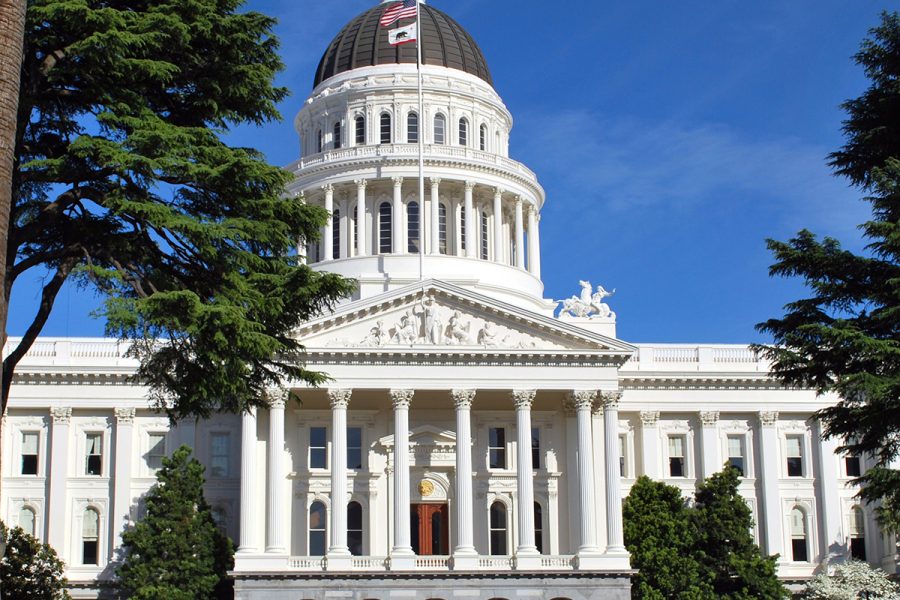Gov. Newsom’s budget problems continue to grow worse.
After rolling out his $292 billion proposed state budget plan by arguing with the state’s respected independent budget analyst over the size of the deficit, the nonpartisan Legislative Analyst’s Office has more bad news for Newsom about the deficit.
On Friday, Newsom’s Department of Finance announced that tax receipts were $5 billion lower than anticipated in January – about 19.7 percent lower – than the Governor’s budget plan projected for the month. Year to date, cash receipts are about $5.9 billion or 4.8 percent below what the Governor’s budget projected the state should have taken in year-to-date.
Fast forward to Tuesday when the Legislative Analyst’s office issued a revised estimate of the state’s revenue and deficit problem. The news was grim.
“Our (revenue) forecast is about $24 billion below the Governor’s budget across 2022-23 to 2024-25,” the Analyst’s office wrote. “A $24 billion erosion in revenues corresponds to a $15 billion increase in the budget problem . . . (which) would expand the $58 billion estimated deficit to $73 billion under our updated revenue forecast.”
The largest deficit in state history is now on Newsom’s watch, which is larger than the $43 billion deficit the state faced in the 2008-09 budget crisis (though the crisis is smaller in percentage as state spending has more than doubled since then.)
The urgent priority now is for lawmakers to act quickly on budget revisions. The more dramatically lawmakers take action to cut state spending, the more positive an impact it will have in reducing the severity of California’s budget problems.
And, as the Analyst’s office notes in their report, lawmakers must act soon to achieve the savings.
“Reducing one-time and temporary spending is a ‘use or lose’ tool for addressing the budget problem – once the funds are disbursed to recipients, pulling them back becomes practically impossible,” the office notes.
Newsom’s administration responded to the news with less spin and urgent calls for action.
Department of Finance spokesman HD Palmer, speaking for the administration, said in a statement that, “a responsible step would be for the Legislature to act now on the early action budget measures needed for $8 billion in solutions to help close this gap.”
These solutions, according to the LAO, include pulling back or reducing nearly $16 billion in one-time or temporary spending that hasn’t yet been distributed, such as $99 million for a state IT overhaul, $1.7 billion for transit and rail infrastructure projects, and over $2.3 billion for broadband infrastructure projects.
How will Newsom’s fellow Democrats in the State Assembly respond to demands for mid-year spending cuts?
Assembly Speaker Robert Rivas told reporters on Tuesday at the Capitol that “we’re very concerned about short term fixes for long term problems.”
Echoing budget advice to lawmakers from PRI’s Dr. Wayne Winegarden to lawmakers about the importance of “meaningful program evaluation and oversight” in guiding lawmakers in these tough budget times, Rivas said, “we need oversight of spending.”
However in contrast to Newsom’s outright rejection, Rivas declined to comment when asked whether he would commit to not raising taxes to address the budget deficit.
That’s the reality he’s facing from his fellow caucus members who are pre-ordained to fight for higher spending and higher taxes – and will resist modest but necessary spending cuts, even though proposed by Newsom.
In one nod to reality, Rivas told reporters that a renewed effort by Asm. Ash Kalra and legislative progressives to pass a single-payer health care bill this session was highly unlikely to succeed given the deficit.
“It’s a tough, tough sell, especially in a budget climate that we are experiencing now,” Rivas said.
It joins a long list of other items that will also be tough, tough sells as lawmakers start trying to dig out of the state’s massive budget hole.
Tim Anaya is the Pacific Research Institute’s vice president of marketing and communications.


